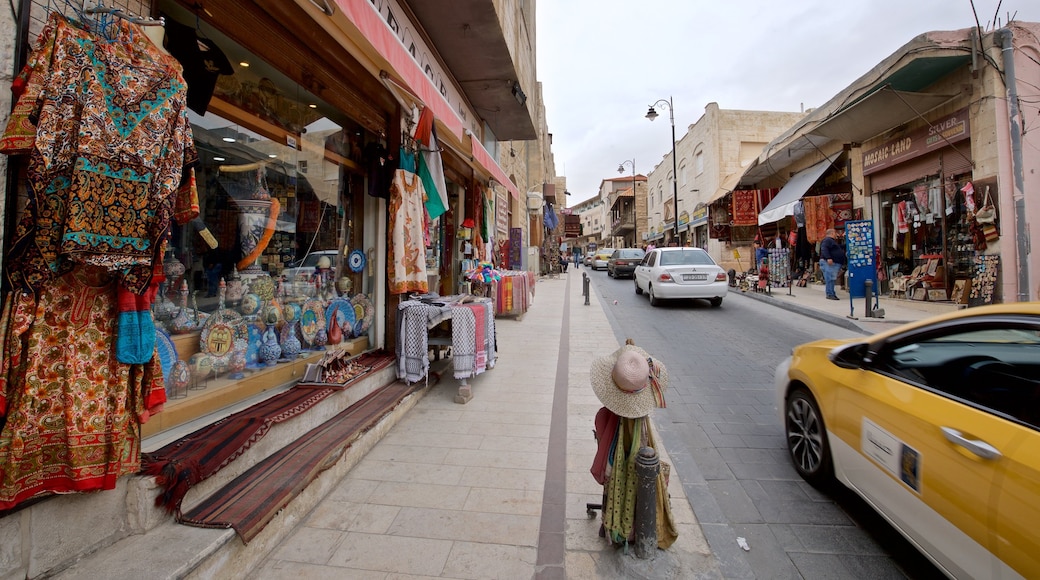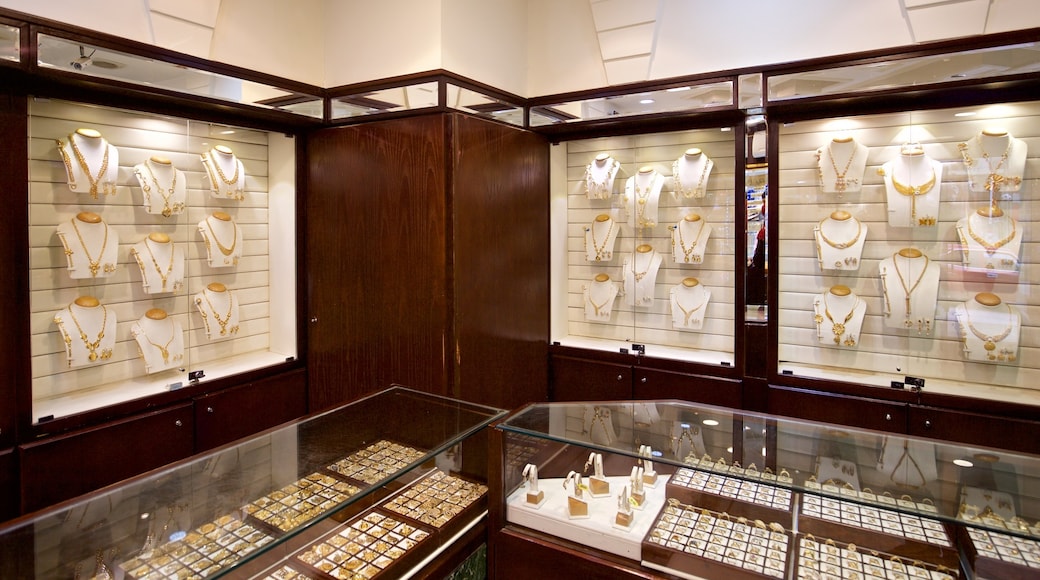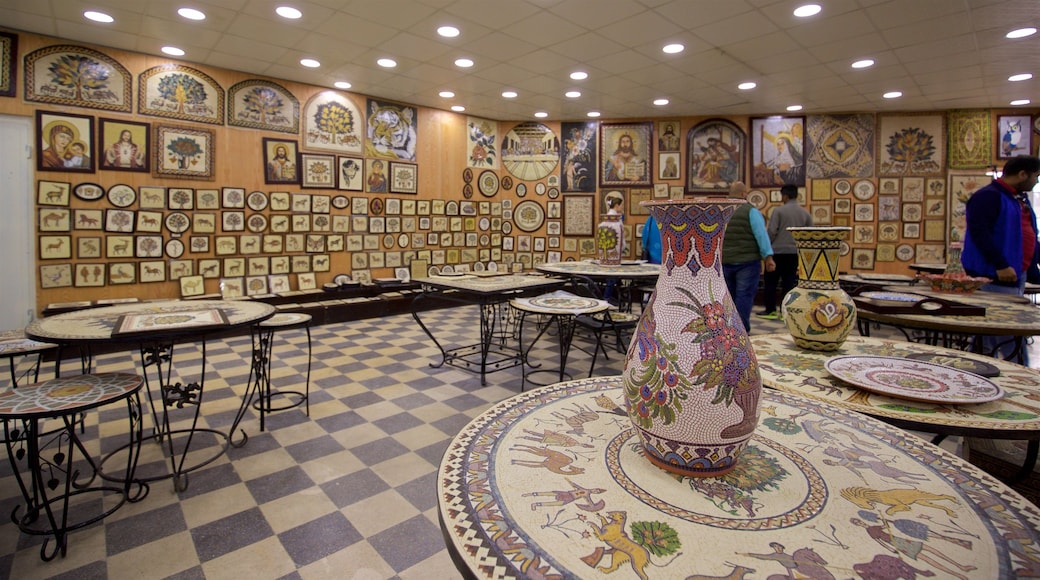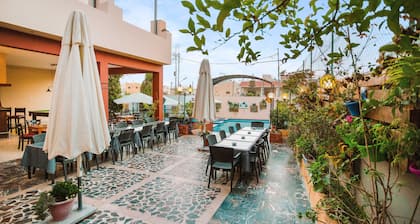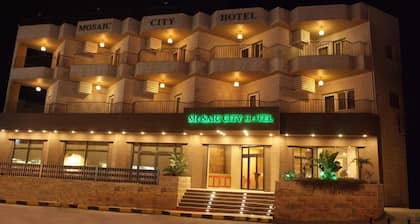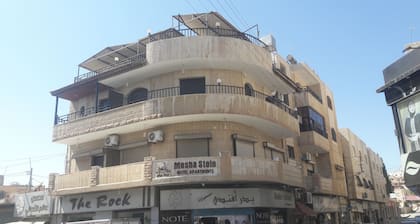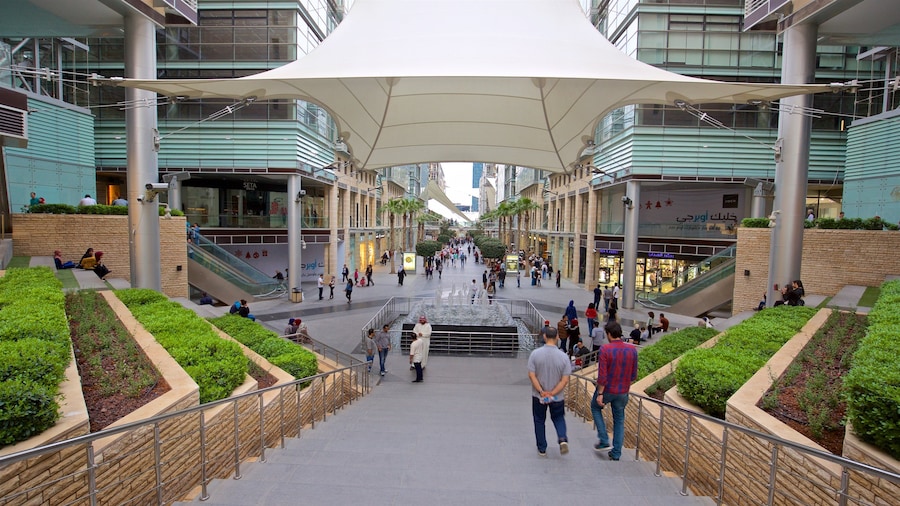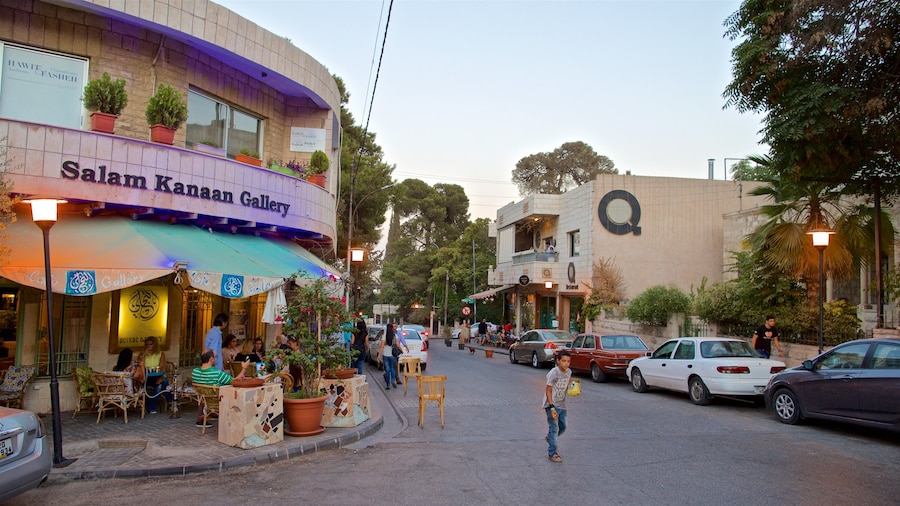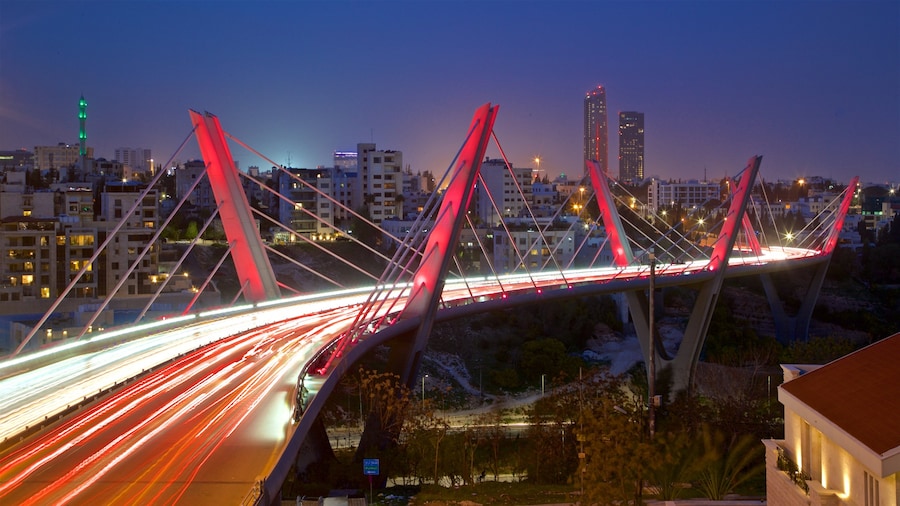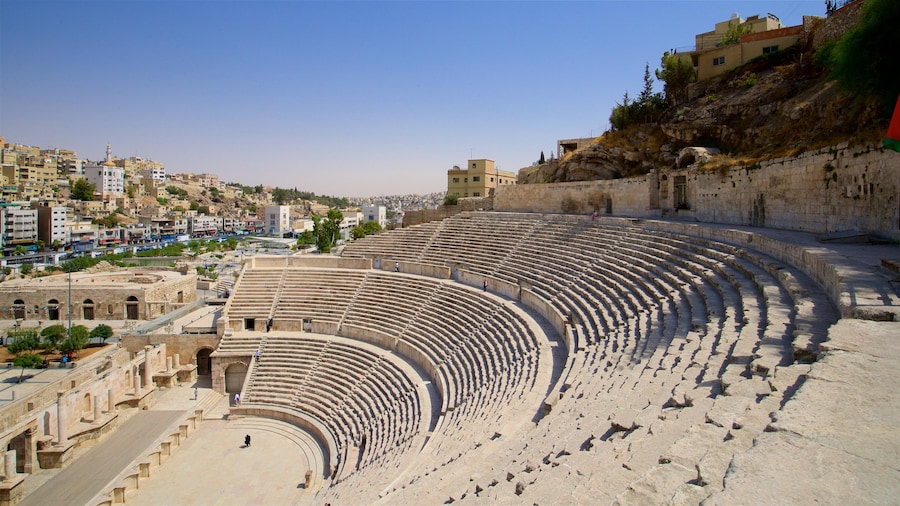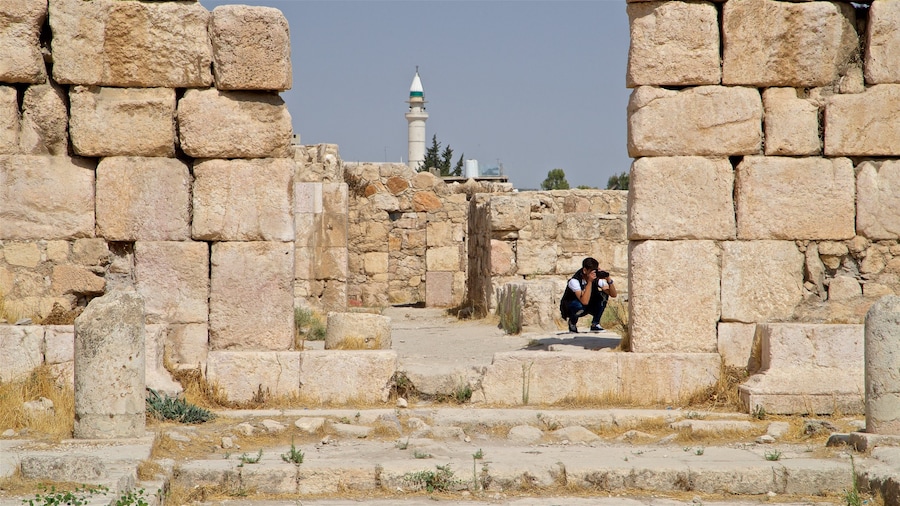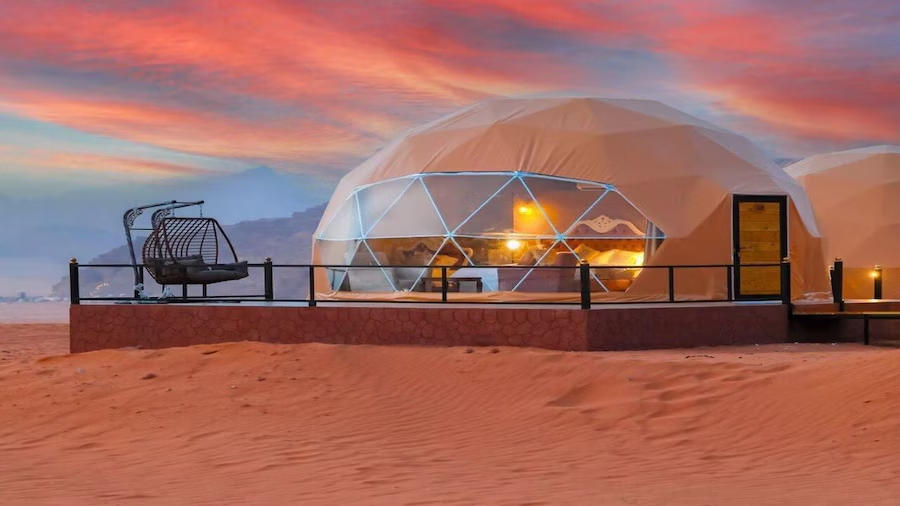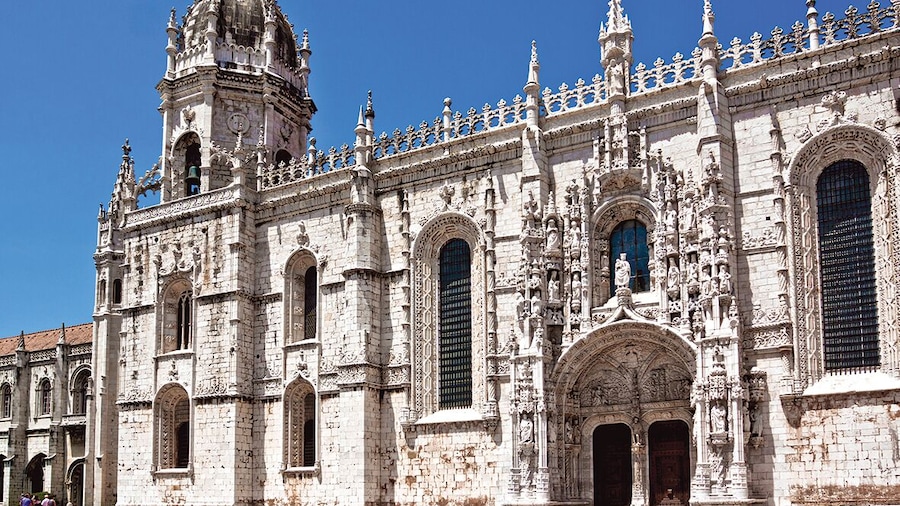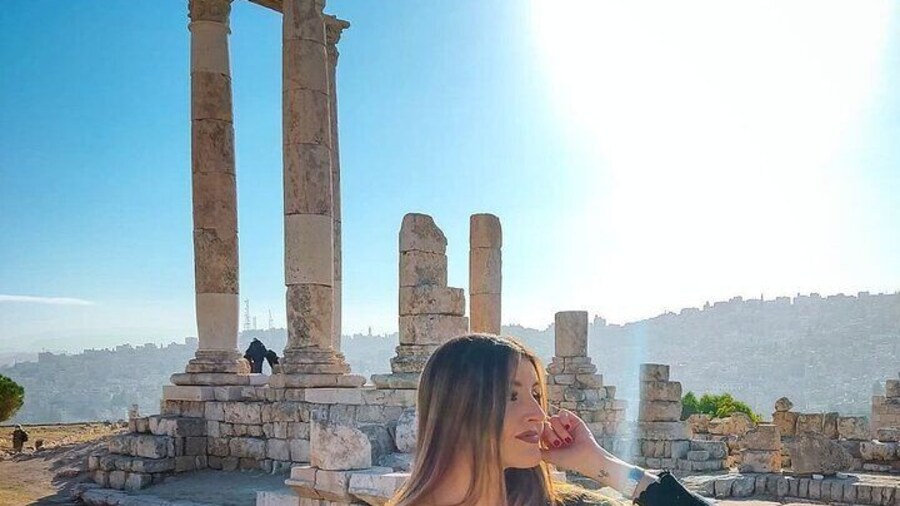Come to Madaba for its spectacular collection of Byzantine-era mosaics and you are likely to end up staying for the easygoing spirit, charming hotels and excellent cuisine found in this market town. The town is home to one of the largest Christian populations in the country and has a history of religious tolerance between its many communities.
There are several sites where you can see the famous Madaba mosaics. If you only have time for one, visit the Basilica of Saint George. The church is home to the most significant mosaic in Madaba, the famous map of the Holy Land. See more mosaics at the Church of the Apostles, which houses a beautiful depiction of an underwater scene, created in A.D. 578.
Learn more about the craft of mosaic-making at the administration office of the Madaba Institute for Mosaic Art & Restoration, where you can arrange a guided tour of the facilities. The foundation teaches Jordanians how to correctly restore and manage the city’s priceless mosaics. A tour will show you how intricate the process of mosaic-making truly is. It’s no surprise that the town was selected by UNESCO to be part of the Creative Cities Network. This accolade honors Madaba’s commitment to developing creative industries and culturally significant properties.
Another Madaba highlight is the Roman Catholic Church of St. John the Baptist, which houses the Acropolis Museum in the basement. Marvel at the 3,000-year-old well that still functions.
Take a break from sightseeing to treat yourself to local Jordanian cuisine at one of the many charming restaurants in town. As Madaba is a center of commerce with a popular market, fresh, high-quality ingredients are always passing through.
Set on the King’s Highway, Madaba is easy to access by car. Stop by this lovely town in between stays in Amman and Petra. It is also possible to use Madaba as a base to explore the region and make excursions to the Dead Sea.

